Coaxial cable always seems like a fabulous idea as it allows us access to thousands of channels; most of which we don’t even have the time watch or it could be that nothing excites you apart from the local access network TV. This means that you pay a fortune to your cable or satellite company for services that you don’t even use. There is a way out if you no longer want to spend a fortune on TV channels anymore- making your own antenna which allows you to watch TV channels for free.
Contents
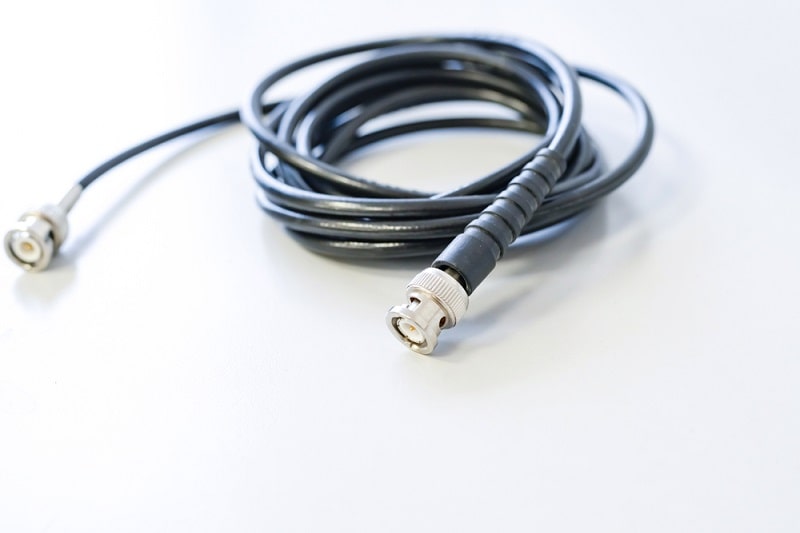
Here is how you can use your current coaxial cable as a TV antenna and go back to free local programming:
Start by preparing a wooden board that is 22” long and measures about 1” by 3” or 2” by 3”. Lay the board down and work in a horizontal manner as you move from left to right.
Make line marks at the 2, 7.25, 12.5, and 17.5 inches making sure that you put 2 dots on each line. The 2 dots should be evenly spaced.
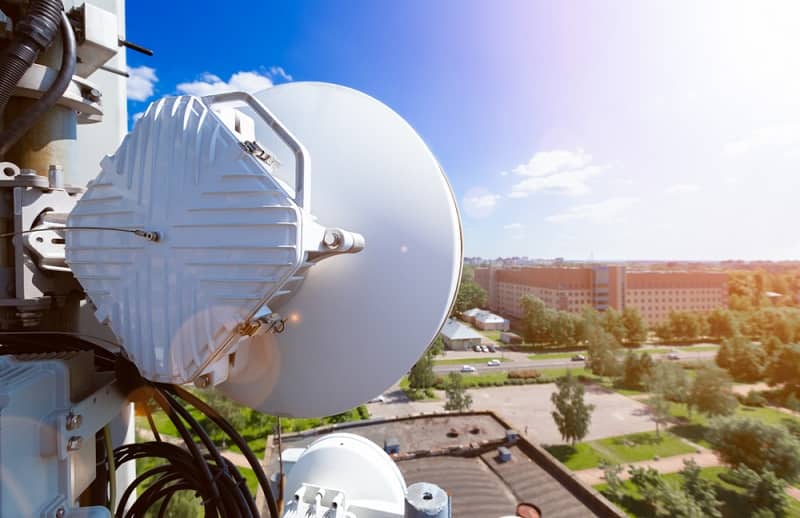
Get a copper wire and prepare it by cutting out 8 sections measuring 14” each. Measure 7” on each one of these wires and then bend the wires in half to form a 2-sided triangle. The gap distance between the 2 ends of the bent copper wire should be 3” long
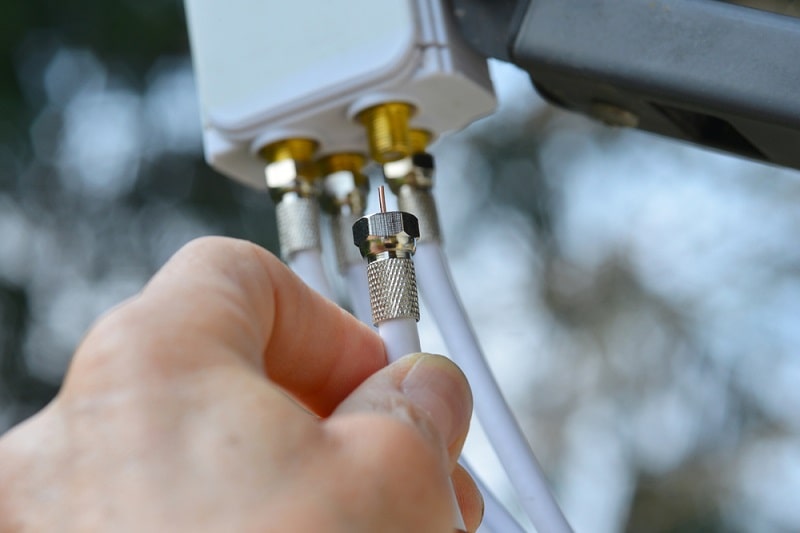
Now it’s time to attach the wires to the wooden board at the 8 dots using screws and washers. The wires are attached to the board at the bent V point and extend outwards. This makes the board look like it now has legs.
Use the remaining wire to weave the attached wires to the board. Make sure that the wires don’t touch and that the V points are intersected only once. Ensure that at least one of the wires you weave is insulated – you can use vinyl to do this.
By the time you’re done, the wires look like two X shapes that connect the first to the second, and the third to the fourth set of the V-shaped wires. The X shapes are connected by 2 horizontal lines between the second and third sets of the V-shaped wires.
Attach two grill screens onto the board using screws and make sure that they’re evenly spaced. These function as reflectors. Each one measuring 15” by 9”
The reflectors shouldn’t be touching the V-shaped wires.
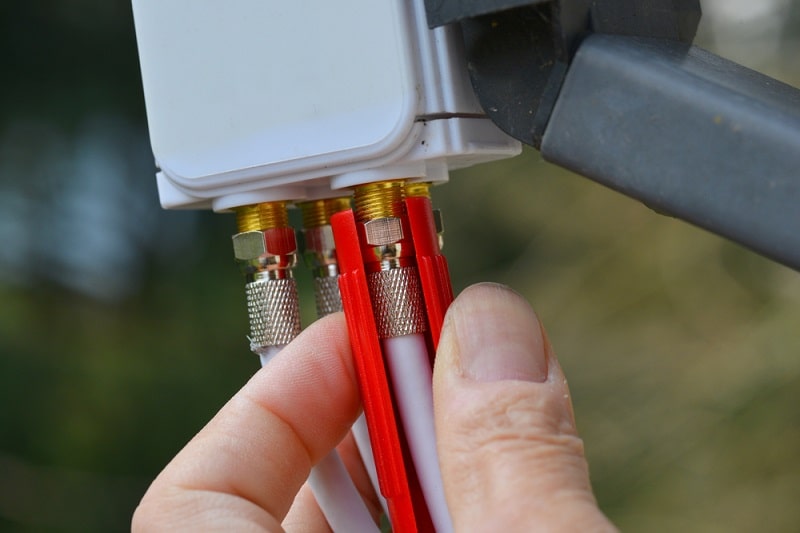
Get a balun from an electronics store for use as a transmitter. Attach this to the two center sections following the instructions included on its label.
Your antenna is complete.
Now it’s time to attach the antenna to the balun of the TV. Ensure that you connect it to the right plug on the television.
Signal splitting is very essential in households that have multiple TV that want different channels. If you would like to run different TVs simultaneously, then you’ll have to split the signal coming from the antenna.

After you have installed the antenna, you need to figure out how the current coaxial cable is wired. To understand the configuration, you need to check inside the box where you’ll find a bunch of black cables. Once you have figured out where each one of the cable go, label them. If you are lucky, the cable company will have already done all this for you.
You could also opt for a power splitter. This allows you to split the signal and boosts it even further. Alternatively, you can also use wall jacks to split the signal. However, if you do not have these jacks installed, you will have to run a new coax cable to each TV and the central location.
Signals from the TV antenna need to be amplified especially if you’re using a splitter and the other television is more than 150 ft away. The amplifier should be located towards the side of the antenna inside the splitter.
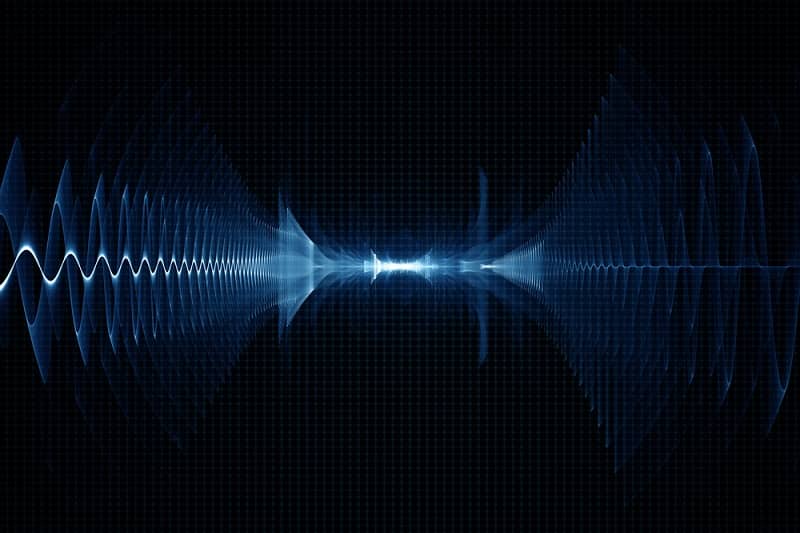
The amplifier counteracts the effects of dividing the signal that somehow tends to weaken it. Proper amplification is necessary for flawless digital signal reception and is a lot more important than most people think. Choosing the right amplifier means a whole lot of difference between getting high-quality digital reception and poor-quality reception.
This is a unit that is made up of two parts. The first part found close to the antenna’s output and the other part further away. The part that is closer to the antenna works as an amplifier for the signals while the other one is the power supply.
The power supply is also known as the injector and needs electrical outlets to function. The injector uses a coaxial cable to bring a low voltage current near the antenna to the first part of the unit.
The distribution amplifier is used to amplify the television signal that has been divided using a splitter so that it can be shared by several TVs. It is usually found on the antenna’s side of the splitter. The antenna cable connects into the amplifier; the signal is then improved through amplification and fed into the amplifier’s output. The signal from the splitter is divided and then sent to different TVs.
NOTE: The main difference between these two types of amplifiers is where the amplifier is located within the antenna system.
However, you should keep in mind that no amount of signal amplification can compensate for an antenna that is not receiving enough signals.
Technological advancements have now made it possible for a simple outdoor TV antenna to provide viewers with free broadcasting on digital broadcasting. If your TV is wired for cable TV, you can easily use the same coaxial cable to make your TV antenna. This is a simple DIY project that’s a lot easier than you can imagine. When you’re done with the project you’ll have a wide range of channels to watch without having to pay for it. Literally, no special electrical skills are required to make a TV antenna.
 |
 |
 |
 |
Check These Out